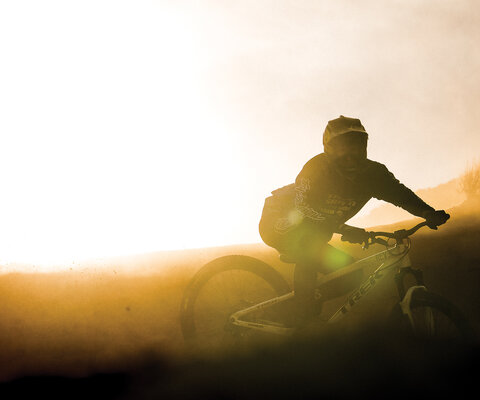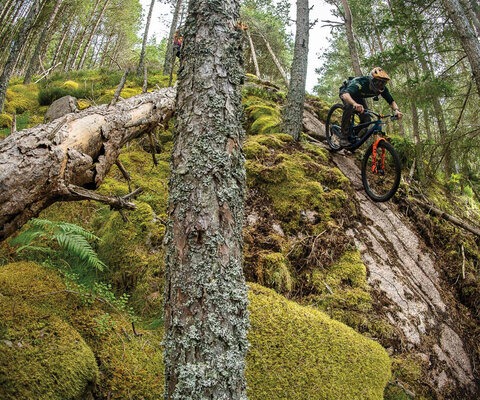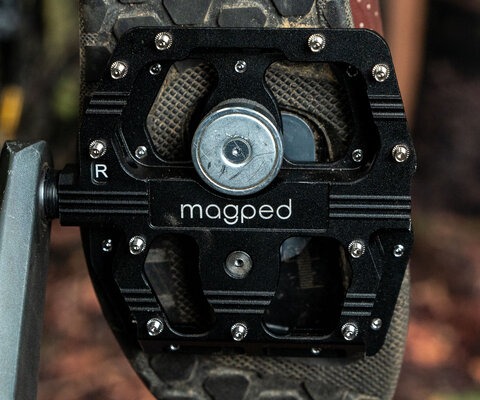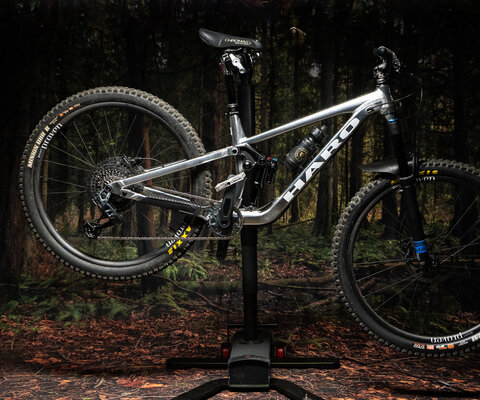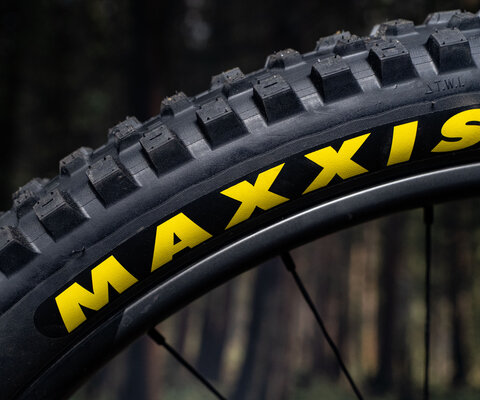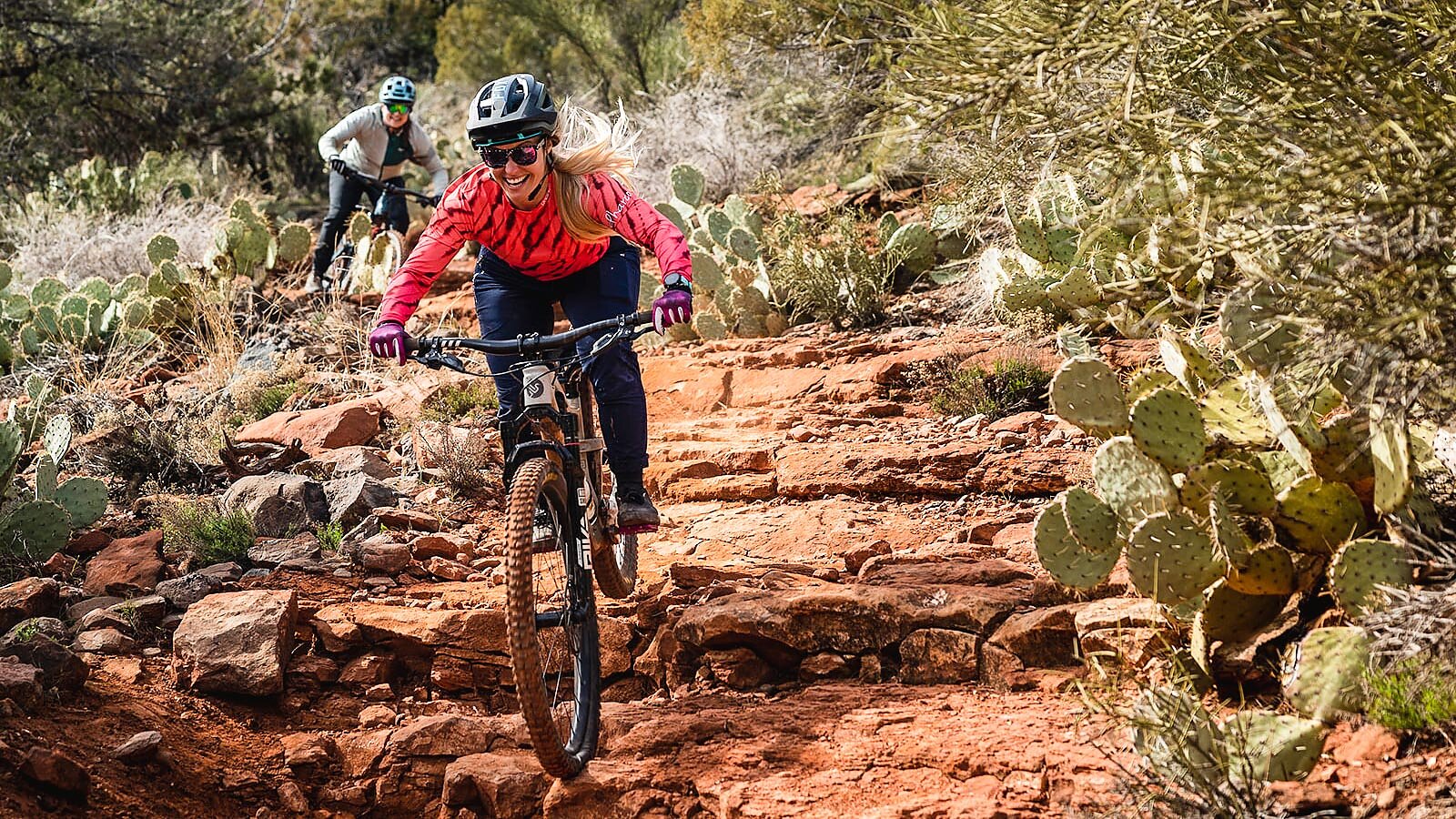
Desert Vortex The Magnetic Pull of Sedona’s Biggest Festival
Words by Cierra Coppock | Photos by Corie Spruill
To some, Sedona, Arizona, is seen as a vortex or a convergence point, attracting individuals from across the world to its vast, red and orange landscape to bask in its metaphysical power.
This pilgrimage to Sedona is driven by an otherworldly force that remains elusive. Described as a swirling center of energy, the vortexes are believed to have physical, emotional, and spiritual impacts on an individual body. Some claim to experience a physical tingling sensation, strange synchronicities, or even full-on psychic visions while in the presence of these vortexes.
Sedona attracts nearly 3 million visitors annually. The city’s most-attended annual event is the Sedona MTB Festival, which has grown over the years to become a vortex in its own right, magnetically pulling in mountain bikers from far and wide to partake in the weekend’s two-wheeled revelries.
This communion of like-minded individuals has become an annual pilgrimage for some, many of whom flock to the desert to escape snowed-in trails back home. As crucial as this community of out-of-towners itself is, the individuals who passionately organize these spaces of convergence also play a vital role. Long before the festival became the Southwest’s best early spring bike party, land advocate and self-proclaimed mountain bike devotee Mike Raney wanted to create an event that could unite Sedona locals to catalyze lasting change.
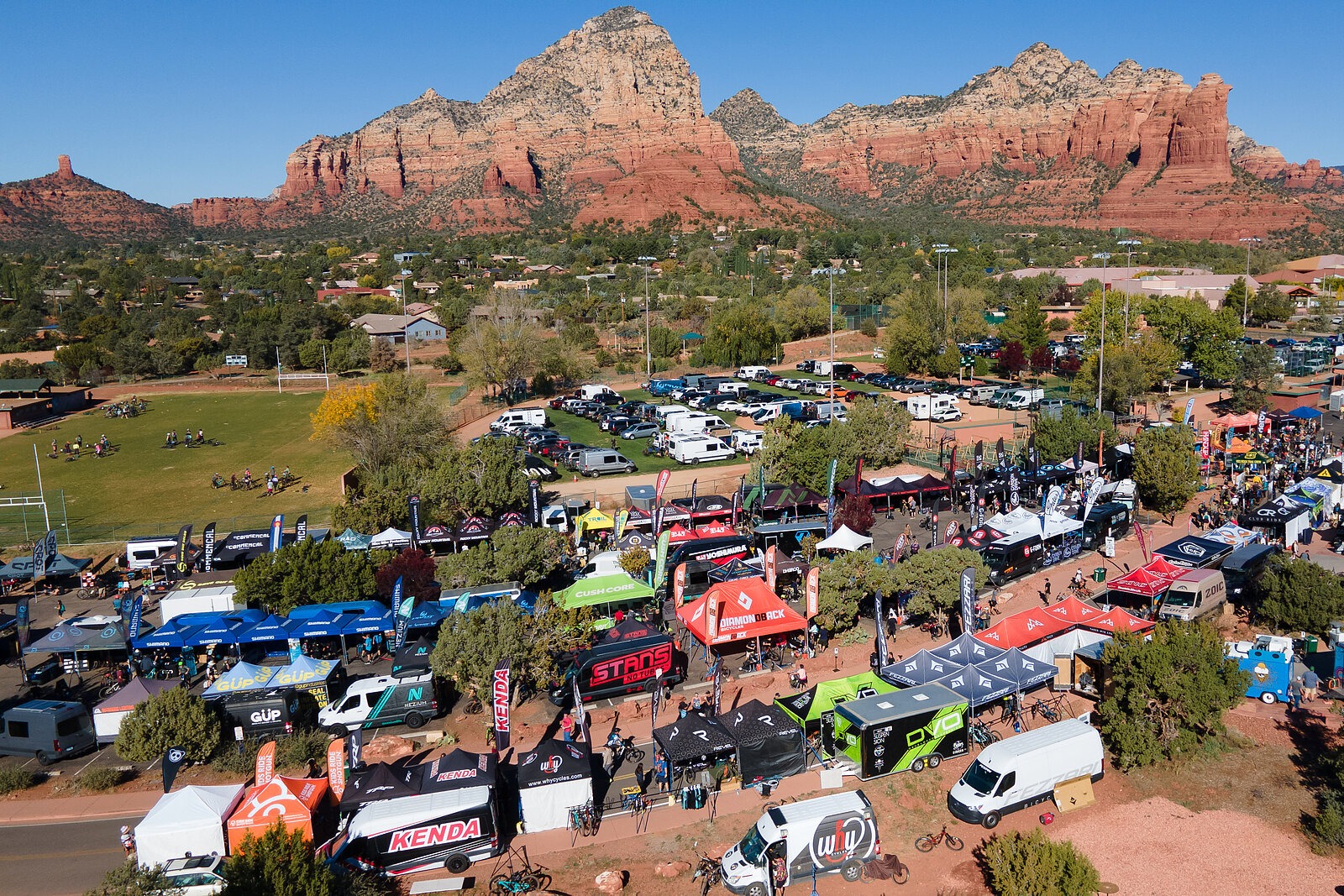
Raney was drawn to Sedona by the sheer breadth of trails easily accessible in town—250 miles of bike-accessible trails, to be exact. But Sedona wasn’t always the bike haven that it is today.
"When I first moved here, it was hard to run a bike shop, let alone a festival," Raney said, referring to Thunder Mountain Bikes (formally Over the Edge Bikes), a bike shop he opened upon first moving to town hoping to spread the passion he’s felt for mountain biking since the age of 14.
Despite the lack of a bustling bike scene, the one-of-a-kind terrain had him hooked like many others who have had the pleasure of testing their tires on Sedona’s undulating, rugged trails. Here, panoramic views of bright red spires could be mistaken for images taken on another planet. For a desert, Sedona is surprisingly lush with vegetation thanks to Oak Creek meandering through town. Traversing long slabs of red sandstone, a rider can pass under a maple tree and then wind through prickly pear cactuses around the next bend.
"It truly feels like you're in a movie set or a green screen. The views and vistas are beyond comprehension," said Amarynth Gass, Sedona local and cofounder of the Sedona Mountain Bike Academy. "I always tell folks that if you go on three rides in Sedona, you will never be the same rider again. Your skills will constantly be invited to refine and progress."
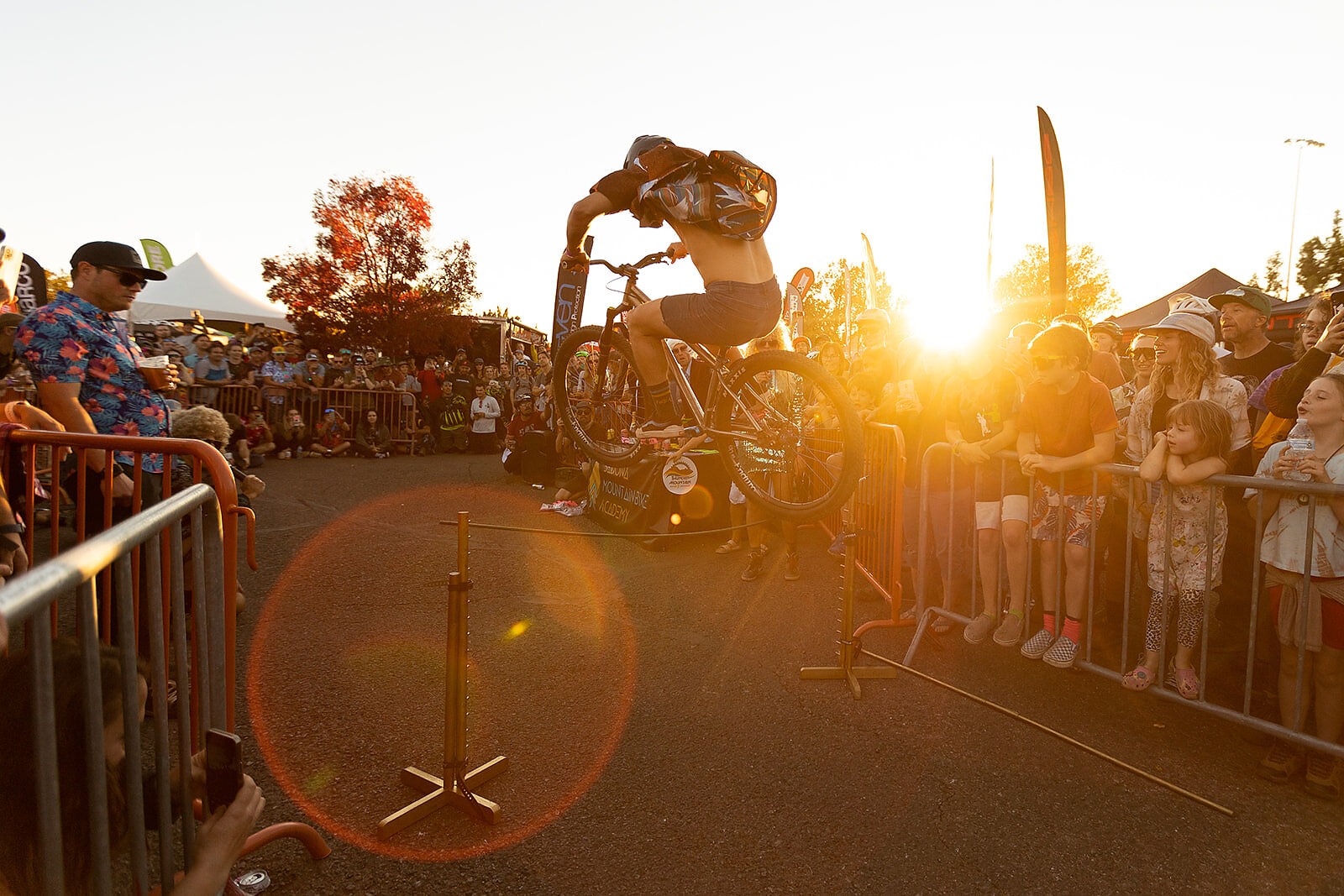
The Sedona MTB Festival, which Raney started in 2015, hosts a variety of events and attractions, from bike demos to clinics to a bunny hop competition. Raney and the hard-working volunteers at the festival try to never take biking too seriously, instead focusing on providing ways for attendees to have fun and celebrate the sport. But beyond the fun and games, another less popularized purpose of the festival is to support and uphold the local trails and the people who cherish them.
Philanthropy is a priority for the Sedona MTB Festival—Raney constantly looks for ways to give back to and expand the biking community. Kevin Adams, president of the Red Rock Trail Fund and cofounder of Wheel Fun, a program aimed at providing bikes to local kids, can attest to the festival's immense role in fundraising. The financial figures speak for themselves, with more than $120,000 raised since 2015, predominantly benefiting trail funds and coalitions in the Verde Valley, and ensuring the sustainability of the region's extensive trail network. More recently, the festival has made a strategic shift to supporting local youth and trail stewardship education, such as assisting in Wheel Fun's initiatives.
Dan Blaetter, a member of the Verde Valley Cycling Coalition (VVCC) board of directors, highlighted the positive impact of the Sedona MTB Festival on the community, describing it as "well-respected" and "well-attended." In terms of financial support, Blaetter says the VVCC received approximately $7,000 from the festival in 2022. This funding, derived from beer token sales, parking proceeds, and a film screening, plays a crucial role in supporting the VVCC's trail advocacy work.
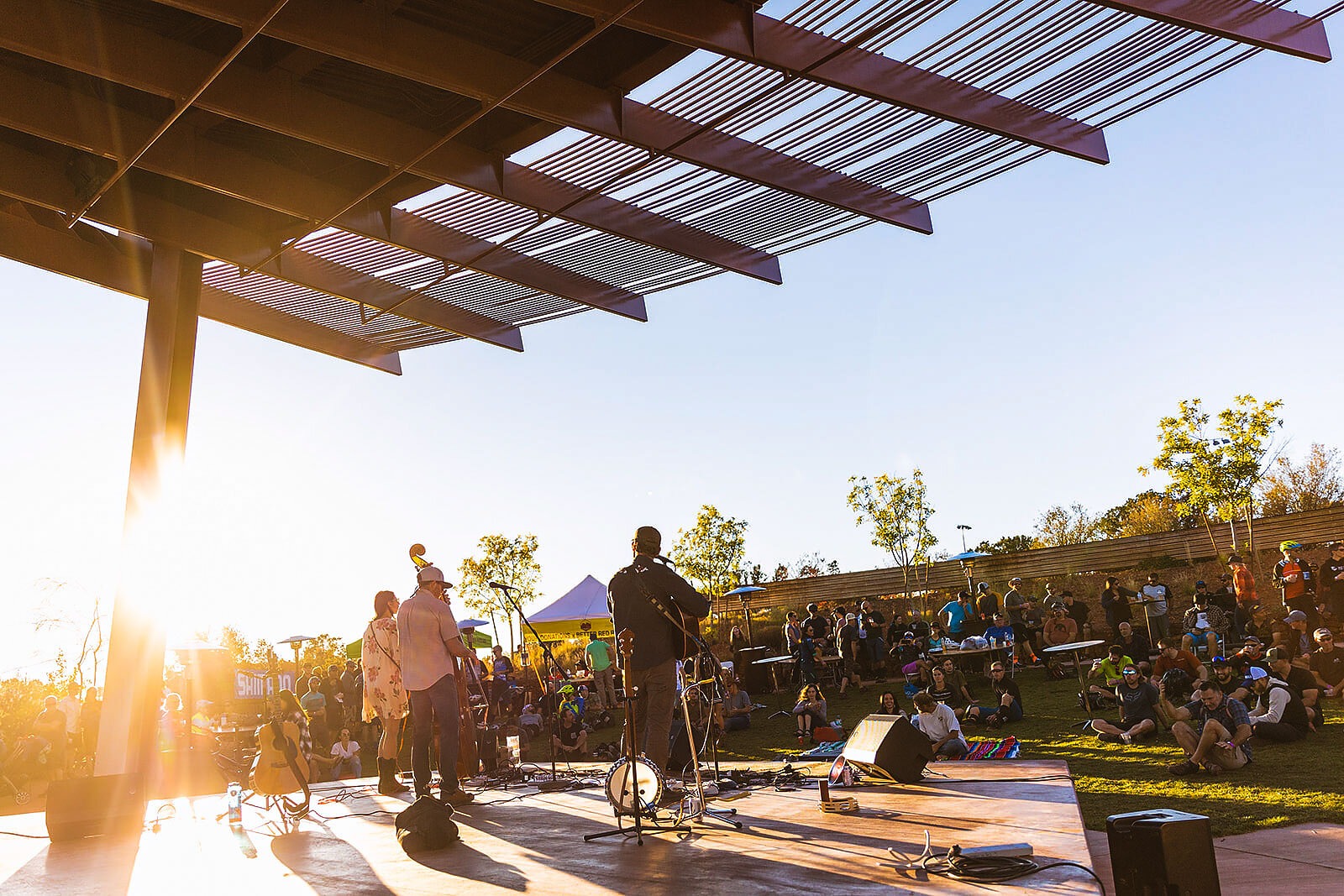
Despite Sedona's growth as a mountain biking destination, concerns about post-COVID challenges still linger, particularly with a drastic increase in trail usage. As folks sought to spend more time outside in 2020, the sport of mountain biking exploded, and with it came an unprecedented number of visitors treading on Sedona’s beloved trails. The local newspaper, the Sedona Red Rock News, reported a 27 percent uptick in trail usage from 2019 to 2021.
However, according to Jason Vargo, the City of Sedona’s Recreation Coordinator of Special Events, mountain bikers are a conscientious bunch, strictly adhering to the leave no trace gospel.
"The mountain biking community seems to be one of the most mindful and considerate communities," Vargo said, despite not considering himself a mountain biker. "The mountain bike festival is the largest event that happens on the Posse Grounds Park grounds, and the park is always left in the exact same, if not better, condition."
Not only is the Sedona MTB Festival the largest event held at Posse Grounds Park, but it’s also the largest event of the year for the entire town. Embraced by both residents and visitors, avid bikers and non-enthusiasts alike, this event provides a unique opportunity for the community to come together and rejoice in their shared passion for the unparalleled landscape that envelops them. As tourists comb downtown’s gift shops for crystals and other spiritual paraphernalia every day of the year, mountain bikers gather on one weekend to worship Sedona’s divine singletrack. Perhaps the propulsion of thousands of bicycle wheels is what creates this vortex, propelling riders through sandy singletrack under the alluring call of the desert.
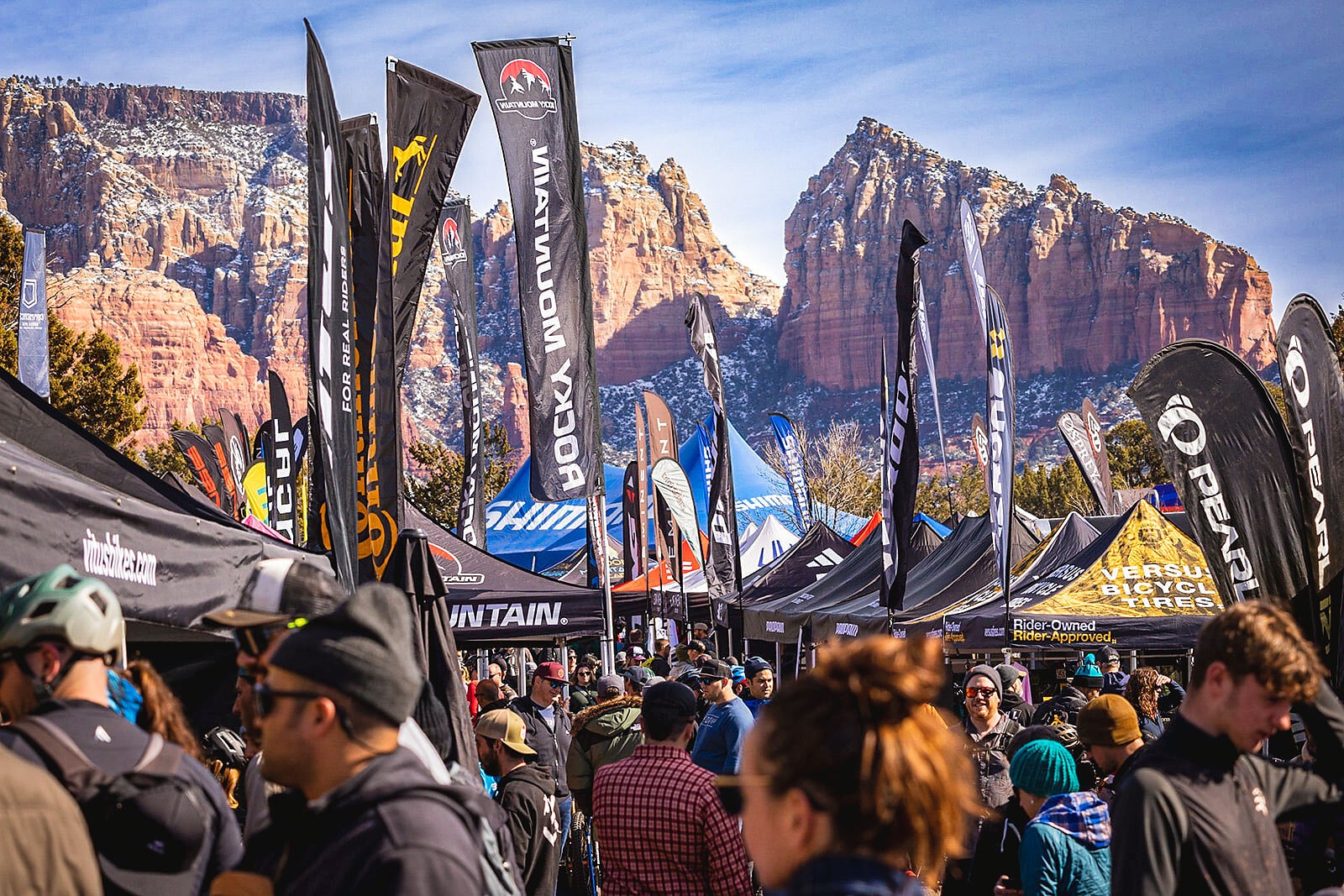
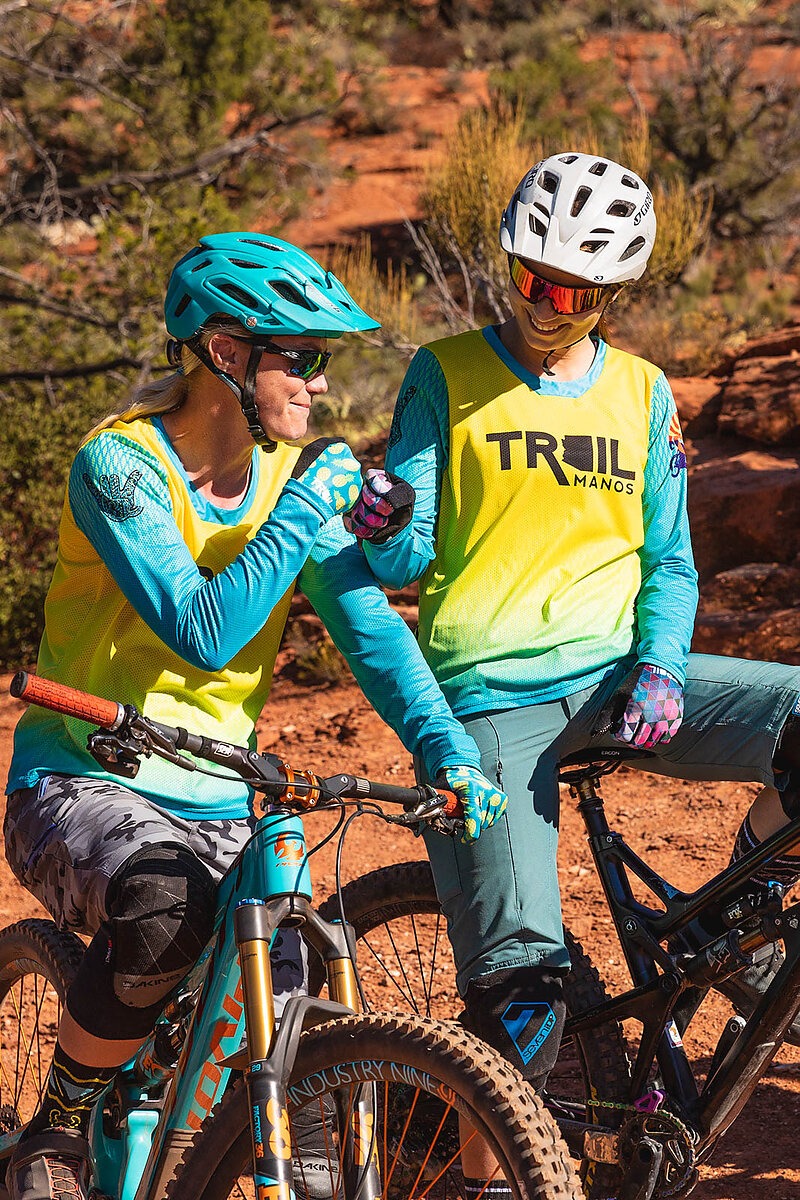
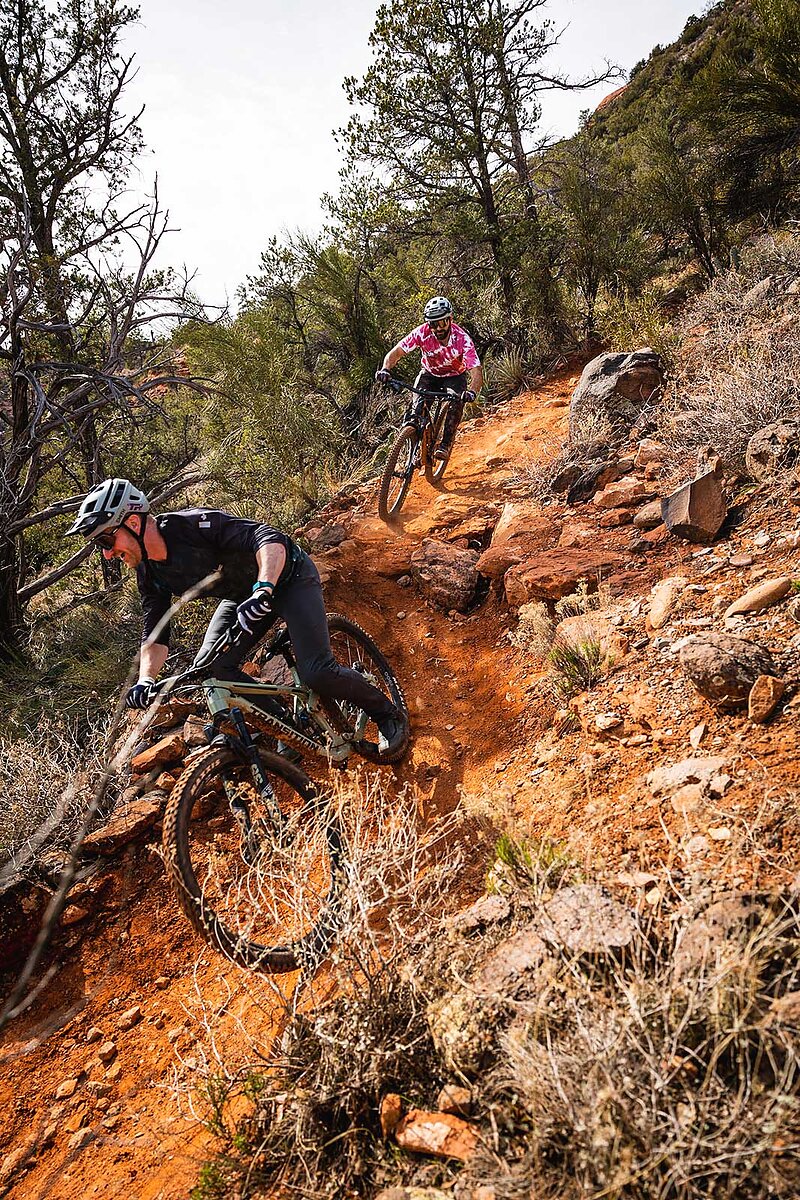
“Truly everyone is welcome—all ages and all abilities. I can feel confident inviting whoever and ensuring that they’re going to have a good time.”—Amaryth Gass
Whatever the case, the festival’s pull continues to grow stronger and attract participants from all around the world. Tim Wild, a festival attendee from the United Kingdom, experienced the call from all the way across the Pacific Ocean. Wild, who made his first festival appearance in November 2021 after the pandemic, expressed that the event became a gateway for him to delve deeper into the riding experiences offered in the United States. For Wild, the festival was not just about the trails but also served as a unique platform to forge connections with like-minded individuals, creating a global community bound by a shared passion for mountain biking.
Wild also notes he was drawn to the festival's non-competitive nature, emphasizing its friendliness and inclusivity for riders of all levels.
"It's not a racing event. So, from a practical point of view, that means that it's not full of industry people just talking to each other. Everyone is on an even playing field," Wild said. "Mike just wants every single person to have as much of a good time as they possibly can."
Year after year, Wild returns to the American Southwest for an event he sees as one of a kind. As the 2024 event approaches, festival organizers are focused on sustaining the already existing biking community, and perhaps even expanding it.
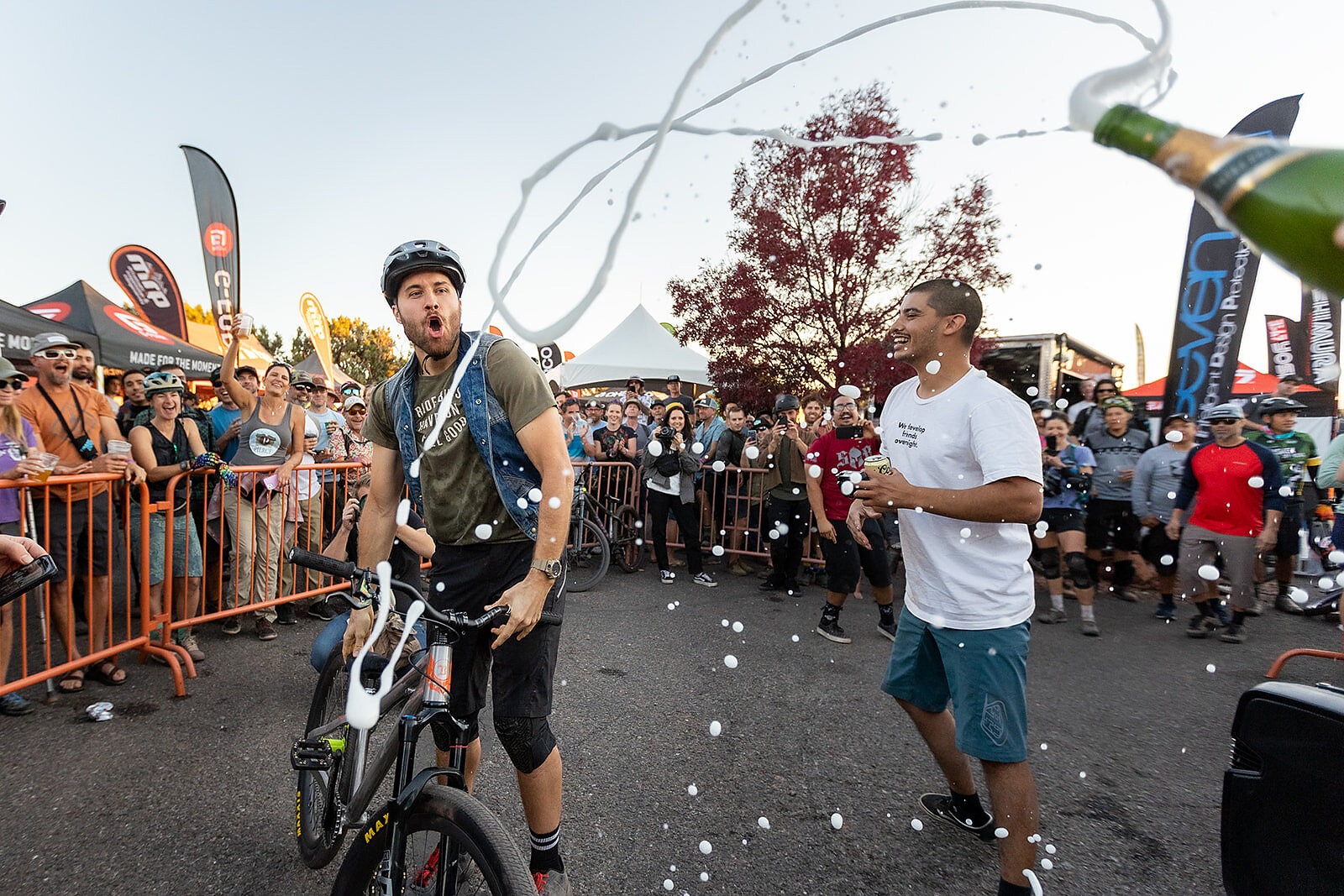
"The diversity of riders that you're seeing at the festival was really impressive to me," Wild said. "It's just a bugger that mountain biking can sometimes appear really, really white and really, really male. I would say Sedona is probably the most heartwarming example of how that is changing.”
Increasing the accessibility of mountain biking resonates deeply with Raney and, he says, serves as a driving force behind the organization of the Sedona MTB Festival on an annual basis.
"People who have never been mountain biking before come to the festival and can’t wait to come back the next year," Gass said, underscoring Raney’s efforts in creating a welcoming environment. "Truly everyone is welcome—all ages and all abilities. I can feel confident inviting whoever and ensuring that they’re going to have a good time."
For Raney, another more personal motivating factor exists—his earnest desire for his young daughter to experience a sense of belonging and encouragement within the mountain biking community.
This connection underscores the festival's mission to foster inclusivity and ensure that future generations, including Raney's own family, feel embraced and supported in the cycling world.
"I want her to be able to go out and ride, feeling safe out in the forest and on the trails," Raney said. "I want bike companies to listen to her needs and make her and her peers feel powerful."
![“Brett Rheeder’s front flip off the start drop at Crankworx in 2019 was sure impressive but also a lead up to a first-ever windshield wiper in competition,” said photographer Paris Gore. “Although Emil [Johansson] took the win, Brett was on a roll of a year and took the overall FMB World Championship win. I just remember at the time some of these tricks were still so new to competition—it was mind-blowing to witness.” Photo: Paris Gore | 2019](https://freehub.com/sites/freehub/files/styles/grid_teaser/public/articles/Decades_in_the_Making_Opener.jpg)
